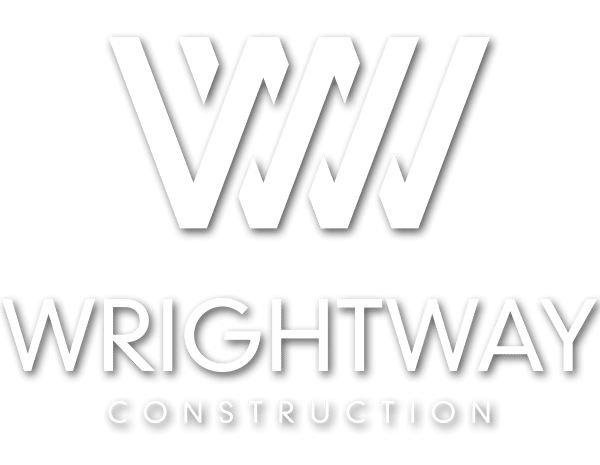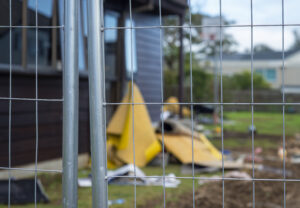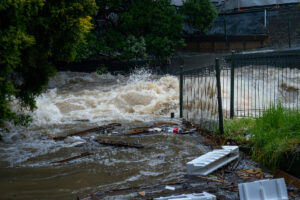Seismic Assessment Process In New Zealand: What You Need To Know
Other Posts
Earthquakes are a natural hazard in New Zealand and with the increasing intensity of seismic activity, it is important to make sure your property is safe and secure. This article will discuss the seismic assessment process in New Zealand, its importance, and what you need to know about it.
What is the Seismic Assessment Process For Canterbury Buildings?
The Seismic Assessment Process in Christchurch and Canterbury is a process that is used to evaluate the seismic performance of earthquake prone buildings. The purpose of the assessment is to determine the potential for damage and identify the necessary measures to improve the safety of the building.
The first step in the process is for Wrightway’s partnering Structural Engineers to carry out a Structural Assessment on the building. The includes gathering information on the location, type of construction, and age of the building, followed by a forensic assessment of the existing superstructure.
Once the Assessment is complete, it is important to review the results with one of our qualified, senior engineers. Our structural engineers will be able to identify any areas of concern and recommend modifications or improvements that should be made to the design of the earthquake prone building.
After the engineer has reviewed the results, they will provide a report that outlines their findings. This report will be used by the owner or manager of the building to determine if any changes need to be made to improve its seismic performance, and more importantly, the public’s safety.
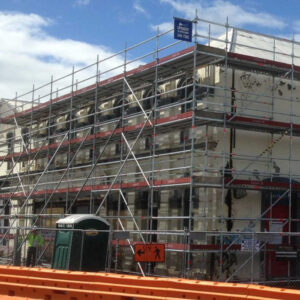
Seismic strengthening Christchurch
Who is Involved in the Seismic Assessment Process?
There are a few different parties involved in the seismic assessment process in New Zealand. The first is the building owner or developer (You), who is responsible for commissioning the seismic assessment. The second is the engineer carrying out the assessment, who will use their expertise to determine the earthquake risk of the proposed development. Finally, there are the local authorities such as the Christchurch city council who must sign off on any development or reinforcement strengthening plans. The local council will issue an EPB notice to property owners that need as assessment.
What is an EPB notice?
An EPB notice is a formal document issued by the territorial authority , that requires building owners to commission a seismic assessment of their building. The purpose of an EPB notice is to ensure that buildings are safe and compliant with the New Zealand Building Code.
All buildings constructed before 1 September 1992 are potentially earthquake prone, and as such, building owners are required to have their buildings assessed by a registered professional engineer. The engineer will assess the building against the requirements of NZS 4484:2005 Earthquake-prone Buildings – Assessment and Strengthening Methodology, and will provide a report to the owner outlining any necessary strengthening work required to bring the building up to code.
If an EPB notice is issued, the building owner has 12 months to commission an assessment, and if the assessment finds that the building is earthquake prone, they have a further 18 months to carry out any necessary strengthening work.
Do EPB notices only get sent to building owners? Or residential landlords too?
EPB notices are sent to both building owners and residential landlords. The reason for this is that, under the Building Act 2004, both groups have a responsibility to ensure that their buildings are earthquake-prone. Any older residential dwelling with a body corporate is likely to be issued with a notice.
However, it is important to note that EPB notices do not automatically mean that a building is unsafe. Rather, they provide information about a building’s seismic risk so that owners and landlords can make informed decisions about what needs to be done to improve its safety.
In most cases, EPB notices will recommend that further investigation be carried out by a qualified engineer (Wrightway Construction). This will help to determine whether or not the building needs to be strengthened or even demolished.
If you receive an EPB notice, it is important to act quickly and seek professional advice. Ignoring the notice could put people at risk in the event of an earthquake.
Tips for Property Owners to Prepare for a Seismic Assessment
As a property owner in New Zealand, it is important to be aware of the seismic assessment process and what you need to do to prepare for it. Here are some tips to help you:
1. Understand the purpose of a seismic assessment.
A seismic assessment is conducted to determine the earthquake risk of a building or structure. The results of the assessment will be used to decide if the building needs to be strengthened or repaired.
2. Get your property assessed by a qualified engineer.
Only a qualified engineer can carry out a seismic assessment. Make sure you get quotes from several engineers before choosing one to assess your property.
3. Be prepared for the engineer to access all parts of your property.
The engineer will need access to all parts of your property in order to conduct a thorough assessment. This may include going onto your roof and into any basement or crawl spaces. Make sure there is clear access and that any gates or fences are unlocked on the day of the assessment.
4. Understand what the engineer is looking for during the assessment.
The engineer will be looking for any signs of damage that could show that your property is at risk of collapse in an earthquake. This includes cracks in walls or foundations, loose bricks or render, and gaps between floors and ceilings.
5 . Be prepared to make repairs or strengthen your property if necessary.
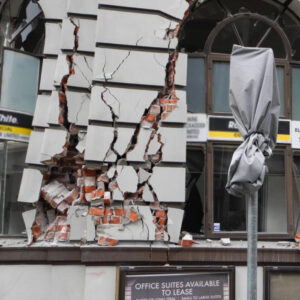
Earthquake Strengthening
What is the typical assessment cost?
The typical assessment cost for a seismic assessment in New Zealand can vary depending on the size and scope of the project. However, most projects will fall within the range of $2,000 – $4,000 + GST, although this may vary depending on the size of your property and the severity of vulnerability. This cost includes the initial consultation, site investigation, report preparation, and delivery. However at Wrightway Construction, we waiver this cost if you engage us for the restrengthening repairs.
What Is the Deadline for Earthquake Strengthening a Christchurch building?
The deadline for earthquake strengthening a Christchurch building is 5pm on the 31st of March, 2024. This is the final deadline set by the government for all buildings in the city to be strengthened to a minimum 34% NBS (New Building Standard). After this date, any un-strengthened buildings will be deemed uninsurable, closed, and potentially demolished for safety reasons.
The process of seismic assessment and earthquake strengthening can be a daunting one, but it’s important to know what your options are and what needs to be done in order to protect your property. A professional seismic assessor at Wrightway Construction can help you determine the best course of action for your building.
How do I know if my property needs seismic strengthening?
First and foremost, you’ll be issued with an Earthquake Prone Building notice (EPB). But to anticipate this, if your building was constructed before the early 1990s, then it is likely that it will need to be seismically strengthened. This is because the building codes were not as stringent back then and many buildings do not meet the current standards. Seismic strengthening is a process of making a building more resistant to earthquake shaking. It involves adding or improving structural elements such as walls, floors, roofs, and foundations. The goal is to reduce the amount of shaking that the building experiences during an earthquake and to prevent it from collapsing.
Another way to anticipate if your property needs seismic strengthening is by examining its construction. If the building has brick walls, wooden floors, or a straw roof, then it is likely that it will need to be strengthened. Finally, you can have a professional engineer assess your property to see if seismic strengthening is necessary.
